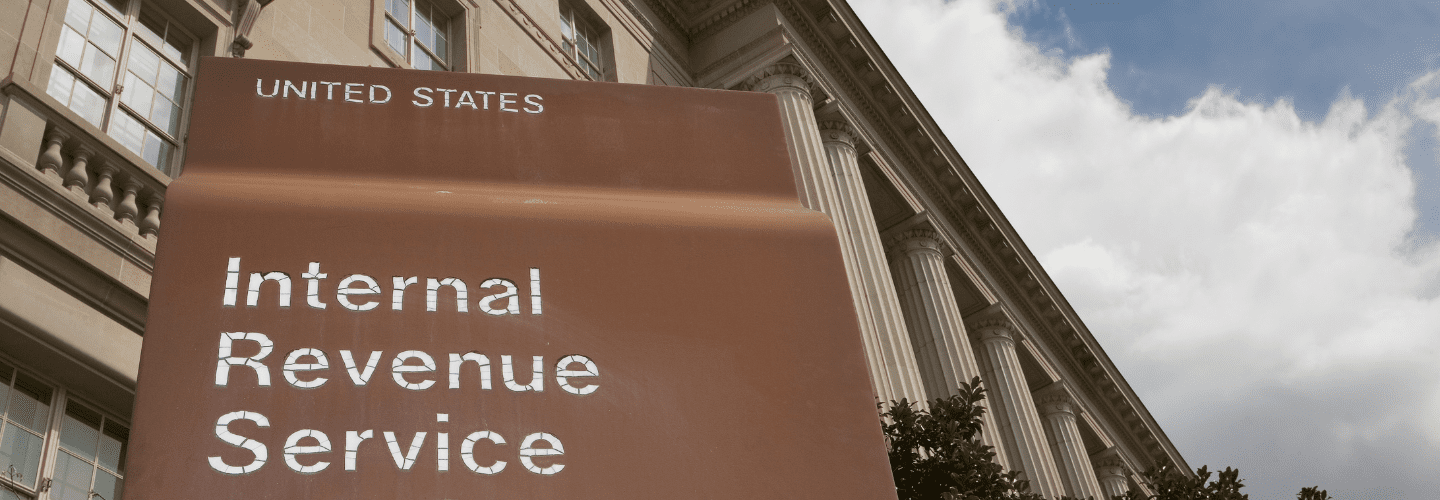
The IRS has recently issued a series of 1099 TIN mismatch letters, also known as CP2100 and CP2100A notices for 2022 and 2023, indicating a ramp-up in enforcement and penalties related to 1099 filings. These notices can lead to significant compliance obligations, so understanding what they mean and how to respond is crucial for maintaining compliance and avoiding penalties.
Understanding the Notice
The essence of a 1099 TIN mismatch notice is straightforward: the recipient’s name and the Employer Identification Number (EIN) or Social Security Number (SSN) listed on the 1099 form do not match IRS records. This mismatch can trigger several necessary actions to correct the discrepancy and avoid future issues.
Steps to Take After Receiving a 1099 TIN Mismatch Notice
- Review and Compare Information: The first step should always be to check the information on the 1099 form against the W-9 form you have on file. This is to ensure that the mismatch isn’t due to a simple typo, which can be corrected in future filings.
- Contact the Vendor: If the information matches your records correctly, the next step is to contact the recipient of the 1099 to request a corrected W-9 form. Please provide them with the B notice from the IRS as a clear explanation of why the correction is necessary.
- Update Records for Future Compliance: Once a corrected W-9 is received, it’s important to update your records to reflect the correct information for future filings.
- Implement Backup Withholding: If you do not receive a corrected W-9 with a change to the vendor information within 30 days of the IRS notice, you must start backup withholding on any future payments to the recipient. While this is generally an unwelcome step, it’s necessary for compliance and can incentivize the recipient to provide the corrected information promptly.
Preventing Future Notices
To minimize the risk of future TIN mismatch notices, you can proactively verify that your vendor information matches IRS records. Reach out to your Rea Advisor and they can assist in this verification process.
Best Practices and IRS Audit Preparedness
Given the increasing scrutiny by the IRS, maintaining a log of actions taken in response to each mismatch notice is advisable. This log should detail communications, corrections made, and other relevant actions for each affected vendor. This practice not only helps in staying organized but also prepares you for any potential IRS audits focusing on how mismatches are handled.
While receiving a 1099 TIN mismatch notice can be concerning, taking prompt and correct actions can mitigate any negative consequences. Regular review of filings and proactive corrections as described can help ensure compliance and reduce the likelihood of future notices.
If you have any questions or need more clarification on how to handle a TIN mismatch notice, please contact your Rea Advisor for help.
By Cheryl Coblentz (Wooster Office)
